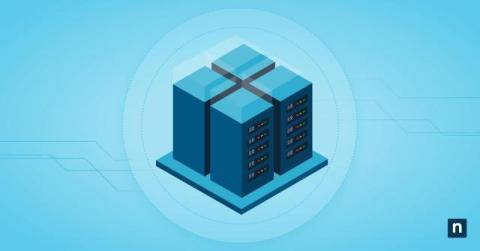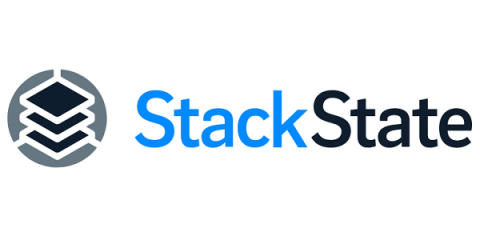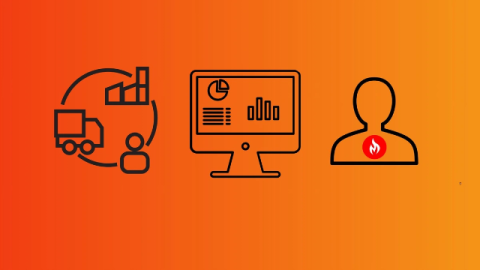What Is a Colocation Data Center?
Colocation data centers let you host your IT infrastructure in a managed, secure, offsite environment — an important consideration for organizations that want to ensure high availability, data security, and resiliency. This guide explains what colocation data centers are, the key features and benefits of colocation, and their role in modern IT infrastructure management (especially in the cloud era).











